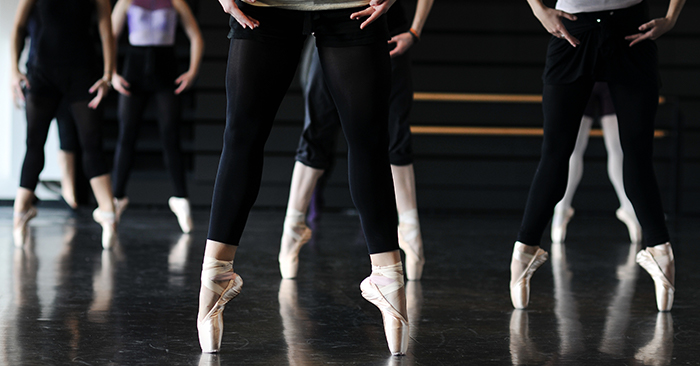It’s the middle of the season. Are routines are looking fine but feeling tired? Are dancers going through the motions but also holding back? Have you heard more complaining than usual? You’ve got the warning signs of some imminent dancer burnout.
Few things are more natural for dancers, athletes, or people who practice their talent or craft repetitively. The dancers have been going hard for several weeks and their skill is coming along, so they might start to get a little distracted or let their focus slip. There’s plenty of other things for them to think about: school, family, friends.
How do we keep them reined in? Let’s talk about a few strategies to keep dancers focused and engaged on the dance floor.
Rewards
Personal rewards can go such a long way! And as teachers, we need to be clear about why a dancer would get a reward or how they need to go about earning one.
Giving a dancer a reward is not about saying “your one action today deserves this nugget of fun,” whatever that nugget may be. It’s about that dancer having accomplished something (whether they’ve nailed a particular move or have really improved their attitude) and then giving them a personal sense of recognition for it.
Have your dancers write down a skill, a run of choreography, or another concrete goal for themselves. Now, give them a deadline: maybe two weeks? Say “Go!” And at the end of two weeks, if a dancer has accomplished their goal, do something for them that is personal and valuable.
That might mean:
- A certificate to put on their fridge (to show off to family and friends)
- An “upgrade” in the choreography (give the dancer a small feature)
- Letting the dancer act as assistant teacher during stretches next week
Not candy. Never candy.
Mix It Up
I’m sure many of you teachers have a standard class structure, which helps dancers know what they should expect, and helps to keep them on task during a particular portion of class. My challenge for you: how can you mix up your schedule without sacrificing the progress in your curriculum?
Let’s be clear: we’re trying to avoid dancer burnout, and that does NOT mean adjusting classes so that dancing progress suffers. Instead, we need to be creative in adapting the time we have to add some surprise or excitement.
What if you:
- Let dancers submit song ideas, you pick one you like (or reward a great dancer^^^ by choosing their song) and use that song for a warmup freestyle dance session? 3-4 minute adjustment
- Teach a new piece of choreography with a game. “Simon Says” one step or several steps at a time! At the end of the game, you challenge everyone to try and run through the choreography and see who remembers the most.
- Practice newer or advanced moves by running through older choreography (like, from last year). If there were some really fun dance steps that you know your dancers enjoyed, highlight the specific moves and how they relate to this year’s choreo. You can even have a short competition and see who still remember’s last year’s dance for fun!
Build On A Personal Connection
There’s no doubt that as a dance teacher, you and your dancers will develop a strong connection. You’re guiding them along a path that they love, and you want to see them excel. They’re going to feel your investment and love!
So, focus on making your studio a positive space. And focus your class a positive experience that dancers will gravitate towards. You want dancers to feel like they’re special as individuals (yes, definitely), but that they also fit into a bigger picture and a bigger narrative that is your dance class.
Is a needy parent getting in the way of that? Check out our tips on handling helicopter parents.
Is your classroom time just not enough to connect with some of your newer students? Try hosting a weekend workshop or dance studio social event that gets the dancers together and building relationships.
At the end of the day, the mid-season slump is just that: a slump! Get your dancers thinking past this mid-season time and looking ahead to bigger things and bigger performances.


